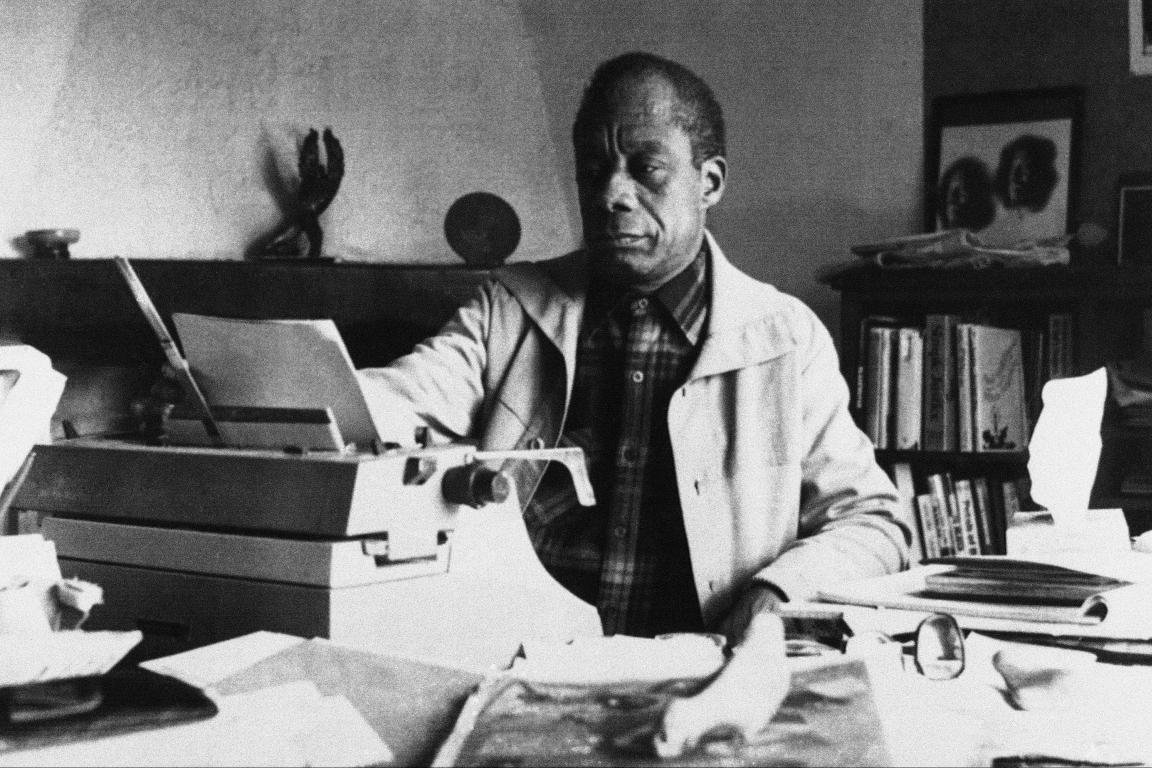
This course explores the essay in theory, (media) history, and practice as a form and practice of political art. We will discuss the essay’s alleged artfulness (based on theorizations by George Lukács, Theodor Adorno, Max Bense, and Haroun Farocki) side by side with its distinctive politicalness (based on essays by Black/queer/feminist writers such as James Baldwin, Audre Lorde, Ta-Nehisi-Coates, The Otolith Group, and Imani Perry) to gasp how aesthetics and politics mutually shape its form. But the essay does not only exist in writing, which is why we’ll also trace its proliferation across different media, including photo essays, video essays, and the essay film.
Here are some of our guiding questions: Why does Adorno think of the essay as “the critical form par excellence” and how has this form changed over time? Why does essayistic writing have the reputation of being non-academic or the essay film the reputation of not being a proper documentary film? What makes the essay such a powerful tool of public engagement? Since when do so many essayists draw on the personal and why might this be problematic? How does the mixing of word, sound and image expand the essay’s reach? What does it take to write or produce a good essay today?
The course has three parts. In the first part, we’ll establish an understanding of the essay as a driving force of political art. In the second part, students will work individually or in groups on their projects. These projects can be critical reflections of the essay, or they can combine critical reflection with the making of an own essay. In the third part, we will convene to discuss the results. This symposium, which takes place on January 19 is the capstone of the course. You cannot get credit for this course if you are unable to attend the symposium.
- Kursleiter/in: Laura Bieger
- Kursleiter/in: Natascha Frankenberg
- Kursleiter/in: Henriette Barbara Gunkel
